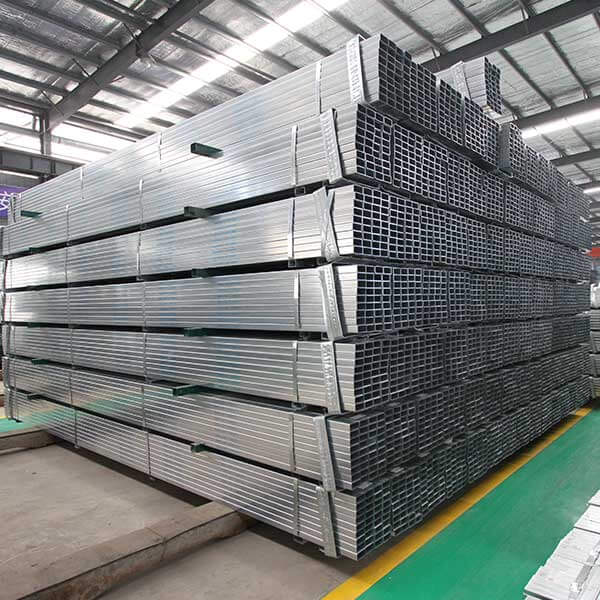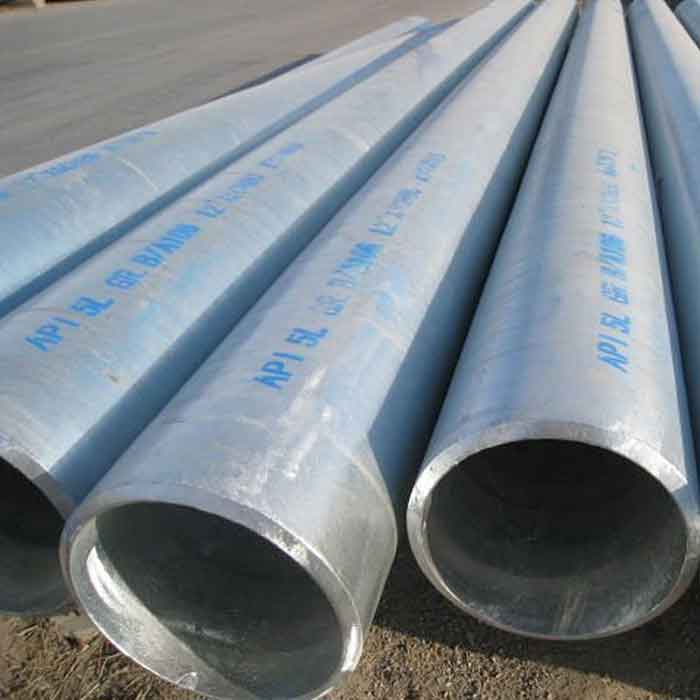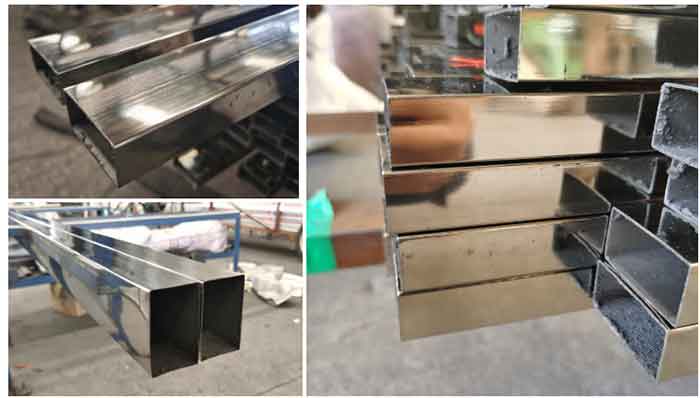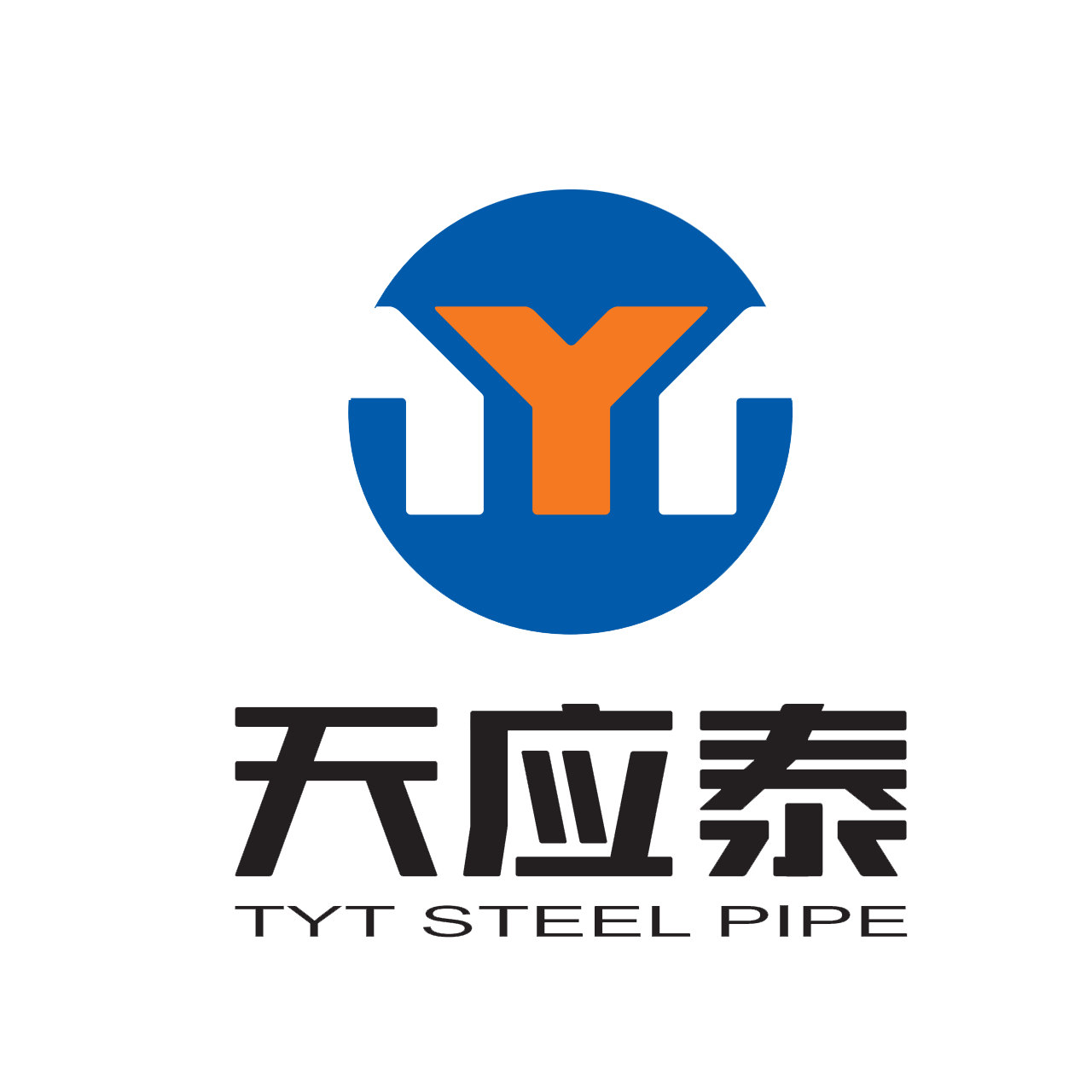What is the purpose of galvanizing steel?
Galvanizing serves to prevent rusting of steel, which is easily corroded in the natural atmosphere. While zinc is not easily changed in dry air, it forms a dense protective film of zinc carbonate on the surface in a humid environment, which can provide effective protection for steel.
How to tell if steel is galvanized?
Observe the surface: Galvanized steel has a smooth, uniform and bright zinc layer. If you can clearly see this layer of zinc on the surface of the steel, you can tell that the steel is galvanized.

Test with a magnet: The zinc layer on the surface of the steel is not magnetic. A magnet can be placed on the surface of the steel. If the magnet attracts, the steel is not galvanized steel; if the magnet does not attract, the steel is galvanized steel. This test is simple and easy to perform, but requires the use of a magnet and is not applicable to non-ferromagnetic materials.
Test with chemical reagents: Galvanizing is a metal that can react with certain chemicals. A number of chemical reagents can be used to test whether steel is galvanized, such as testing with hydrochloric acid. If bubbles appear on the surface of the steel, it means that the steel has a galvanized layer. This test method is simple and easy to perform, but care needs to be taken to avoid chemical reagents that are harmful to humans and the environment.
Testing with a spectrometer: A spectrometer can test the composition of the steel surface and determine whether the steel is galvanized by testing the composition. A spectrometer is a high-precision testing instrument that allows for comprehensive and accurate analysis and testing of objects, but is more expensive and is generally used for demanding scientific research and industrial testing.
What are the common types of galvanizing processes?
Galvanizing processes and methods generally include mechanical galvanizing, hot-dip galvanizing and cold-dip galvanizing.
I. Mechanical galvanizing, the mechanical galvanizing process is a more traditional galvanizing process in which zinc powder is attached to the plated part by mechanical collision and chemical adsorption to form the plating layer.
Second, hot dip galvanizing, also known as hot dip galvanizing, first pickling the plated parts to remove the oxidation layer on the surface of the plated parts to provide conditions for the firm adhesion of the plating layer, ammonium chloride or zinc chloride cleaning aid to further remove impurities on the surface of the plated parts, and then placed in the zinc bath of the hot dip plating bath to make the zinc uniformly and densely adhered to the plated parts to form the plating layer.

Third, cold galvanizing, also known as electro-galvanizing, the plated parts are removed from the surface by removing oil and dust, pickling and cleaning to remove impurities on the surface of the plated parts, put into the zinc salt solution, while the zinc plate is placed on the opposite side of the plated parts, then the plated parts are connected to the negative electrode of the electrolytic equipment, and the zinc plate is connected to the positive electrode of the electrolytic equipment, and the power is turned on to make the zinc layer attached to the plated parts through electrolytic reaction.

With the maturing of new processes, mechanical plating has been eliminated and the two common processes are hot and cold galvanizing.
Process description.
(1) Degreasing
Chemical degreasing or water-based metal degreasing cleaning agent can be used to remove oil, until the workpiece is completely infiltrated by water.
(2)Acid cleaning
Can use H2SO415%, sparse pulse 0.1%, 40~60C or use HCI20%, hexamethyltetramine 13g/L, 20~40C for pickling. Adding corrosion inhibitor can prevent substrate overcorrosion and reduce the amount of hydrogen absorption of iron substrate degreasing and pickling treatment is not good will cause poor adhesion of the plating layer, not plating zinc or zinc layer off.
(3) dip help plating agent, also known as binding agent, can be maintained in the dip before the workpiece has a certain activity, in order to enhance the combination of plating and substrate NH4C115% ~ 25% ZnC1225% ~ 3.5%, 55 ~ 65, 5 ~ 10min. to reduce NH4CI volatility can be added to the appropriate glycerin.
(4) Drying preheating
In order to prevent the workpiece from being deformed due to the rapid increase in temperature during dipping and plating, and to remove residual moisture and prevent the production of zinc explosion, resulting in zinc explosion splash, the preheating is generally 120~180°C.
5) Hot-dip galvanizing
To control the temperature of the zinc solution, the dipping time and the speed of removal of the workpiece from the zinc solution.
(6) Finishing
The main purpose of finishing the workpiece after galvanizing is to remove the residual zinc and zinc tumor from the surface, either by vibration or by hand.
(7) Passivation
The purpose is to improve the surface corrosion resistance of the workpiece, reduce or extend the time of white rust, and keep the plating with good appearance. Use chromate passivation, such as Na2Cr20780~100g/L, and 3~4ml/L of sparse acid.
(8) Cooling
General water cooling, but the temperature should not be too low, to prevent the workpiece, especially the castings due to the radical cooling back to produce matrix tissue cracking.
9) Inspection
The appearance of the coating is bright, detailed, without hanging and wrinkling. Thickness inspection can be done by using a coating thickness gauge, which is a relatively simple method. The thickness of the coating can also be obtained by converting the amount of zinc adhesion. Bonding strength can be used bending press, the sample for 90 ~ 180 “bending, there should be no cracks and plating off.
How is the salt spray test performed on galvanized pipes?
we have our own invention patent in the passivation process–passivation solution automatic spraying system. Ensure uniformity of the passivation solution of the steel tube, high passivation efficiency, and beautiful appearance. the salt spray test can satisfy at least 8 hours, without corrosion.
Why do steel products need to be passivated after galvanizing?
Galvanizing passivation is a film-forming process used in the galvanizing process. Because zinc is an active metal, zinc plating without a good post-treatment will quickly darken and successively appear as white corrosion products. In order to reduce the chemical activity of zinc, chromate solutions are often used to passivate the zinc layer so that a chromate conversion film is formed on the surface. The formal name for this layer is “chromate conversion film” or “zinc passivation film”.
The passivation is effective and also improves the structural composition and luster of the galvanized surface, increasing the wear resistance and service life of the galvanized layer. Zinc is a chemically active amphoteric metal, and its metal monomer is immediately oxidized when it meets O2. Its product, ZnO, is an amphoteric oxide, which reacts with alkali to form a zinc salt and with acid to form a zinc salt. The reaction formula is as follows.
2Zn+ O2 = 2ZnO
ZnO + 2NaOH = Na2ZnO2 + H2O
ZnO + 2HCl = H2O + ZnCl2 (light green)
ZnO + SO2 = ZnSO3 (zinc sulfite off-white)
ZnO+ CO2 = ZnCO3 (dark gray)
Zn + 2HCl = ZnCl2 + H2
As a result, the galvanized layer is susceptible to corrosion in industrial atmospheres, humid air and marine climates. This is evidenced by the loss of luster of the galvanized surface and the production of a dark gray zinc rust; it is a salt compound containing S, C, Cl, O and other elements with a complex structure. Especially in humid acidic gas, when the Zno layer on the plating surface is dissolved, the exposed Zn will replace the hydrogen in the acid at high speed and turn into Zn2+, causing rapid corrosion and discoloration of the Zn layer.
The passivation treatment after hot-dip galvanizing, which allows the surface potential to change, will greatly improve its surface corrosion resistance and enhance the protective effect of the plating on the substrate, so all galvanized layers basically have to undergo various passivation treatments to achieve the protective effect.
How to identify galvanized steel?
The quality of galvanized steel is definitely one of the things that we need to take seriously. To identify its quality, we need to check the quality of the materials used in the production of galvanized steel and whether the treatment process used meets the requirements. The amount of galvanization is directly related to its anti-corrosion ability, and the amount of galvanization can extend the service life of galvanized steel. Galvanized steel pipe production, there will be a galvanized process, in the appearance of a good aesthetic concept, from the quality of a good protection.
However, a little understanding of the galvanized steel industry know that any metal stored in the usual environment will appear moldy, rusty, if you want to slow down the moldy galvanized steel should do reasonable storage. So how to solve this problem from the Kenben, that must be considered from the beginning of the steel coating. Generally speaking, the hot-dip galvanizing process is relatively less susceptible to oxidation than electro-galvanized steel pipes, because the hot-dip galvanizing process is a thicker layer of zinc on the surface of the strip, even if the production of Connie White will not affect the normal use.
In our current living environment galvanized steel tubes are more and more widely used, and according to the continuous improvement of living standards the latest galvanized steel tube types are more and more, we can choose according to their needs, but no matter how galvanized steel strip types change, we still need to know how to protect the galvanized steel strip from oxidation when using.

How to protect galvanized steel strip from oxidation?
Galvanizing in general is mainly because it increases the corrosion resistance of the steel strip, so it is evenly coated with a layer of zinc. Galvanizing protects the steel strip from other chemicals such as, water vapor and protects it from erosion. It is non-destructive and effectively extends its service life. So what should I pay attention to when storing?
1. Details of storage. It is not directly exposed to the sunlight. It needs to be cooled and dried, and must not be stored with corrosive substances.
2. The location of storage. It can not be placed in the open air, because in the open air, not only the security of various products such as theft, but also corrosion problems can occur. Open-air sites are vulnerable to various extreme weather conditions. Large amounts of rain or rain and snow can erode the galvanized layer on the surface to the maximum extent, which can lead to rusting of the product.
3. Moisture protection: Galvanized steel pipes are susceptible to moisture and rust, so attention needs to be paid to moisture protection when preserving them. You can pad the steel pipe in a dry place or wrap it well with moisture-proof agent.
4. Avoid contact with other metals: galvanized steel pipes may electrochemically corrode when in contact with other metals. Therefore, contact with other metals should be avoided when preserving.
5. Avoid external damage: When preserving galvanized steel pipes, care should be taken to avoid external damage, such as collisions and drops. You can cover the surface of the steel pipe with a layer of plastic film to play a protective role.
6. Regular inspection: When preserving galvanized steel pipes, their surfaces should be checked regularly for corrosion and damage, and maintenance measures should be taken in a timely manner.
As a professional China galvanized steel pipe manufacturer, we have 20 years of experience in manufacturing galvanized steel pipes, you are welcome to contact our most professional product manager at any time.
